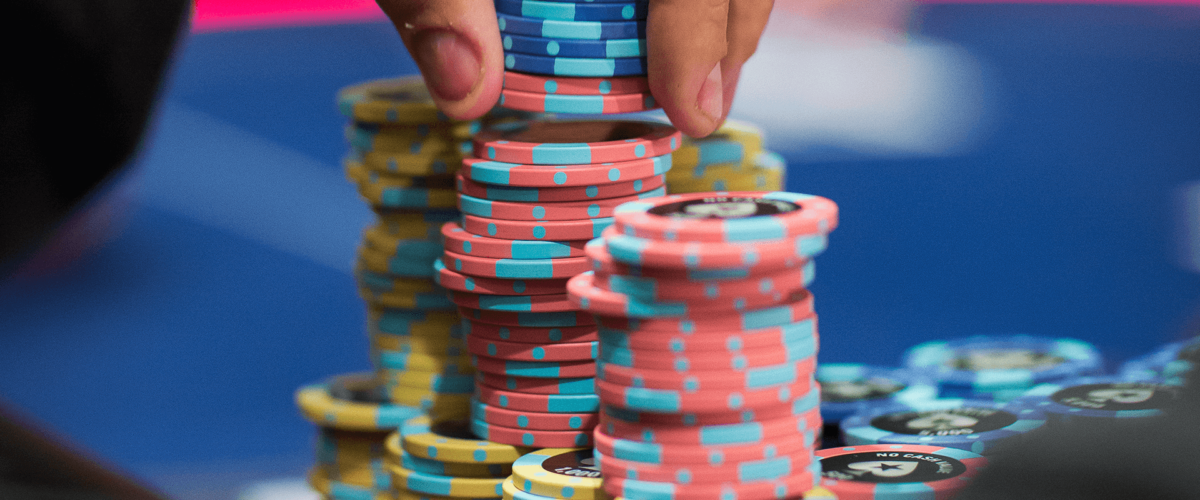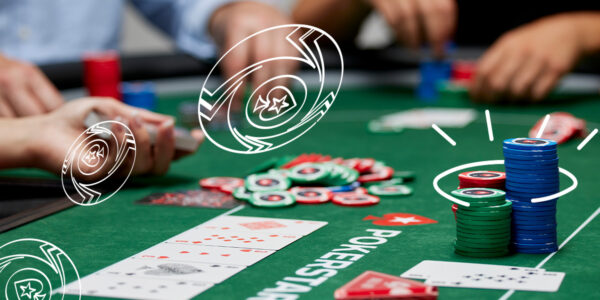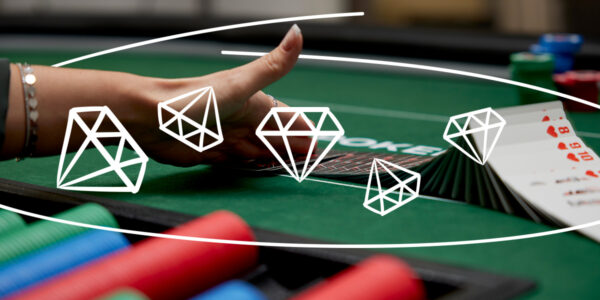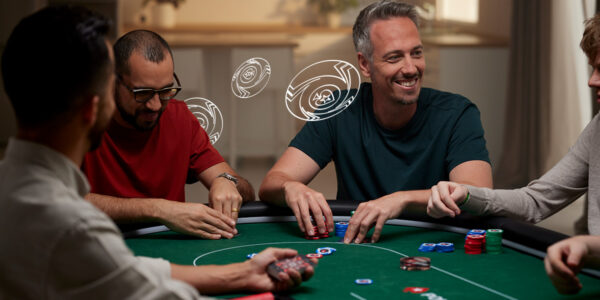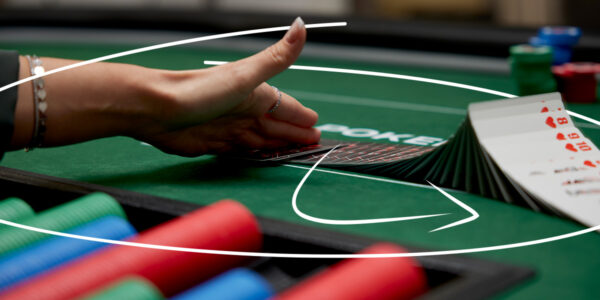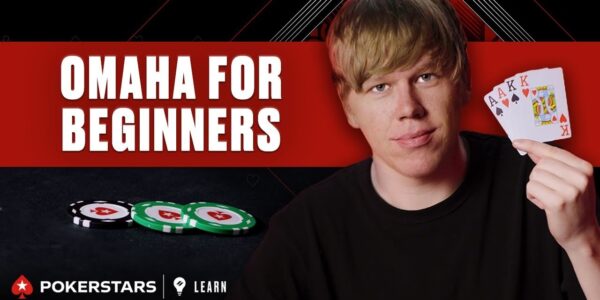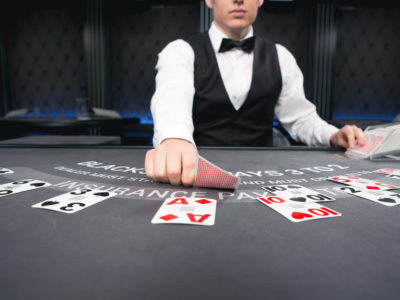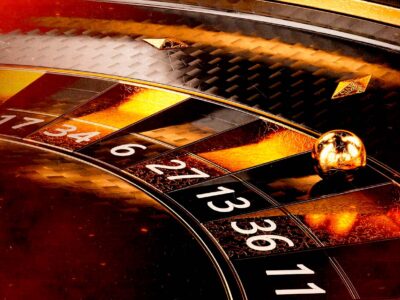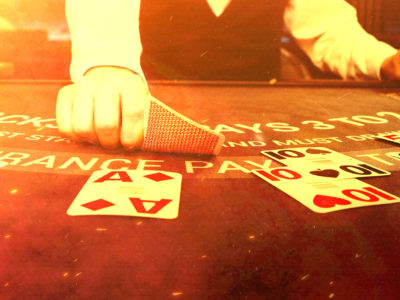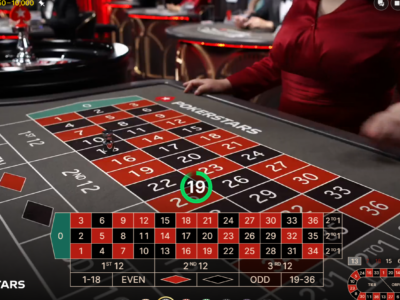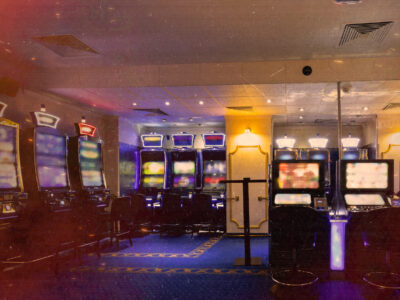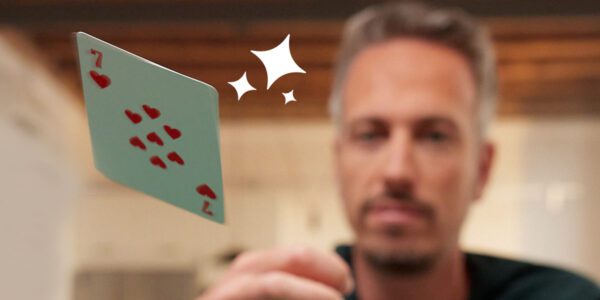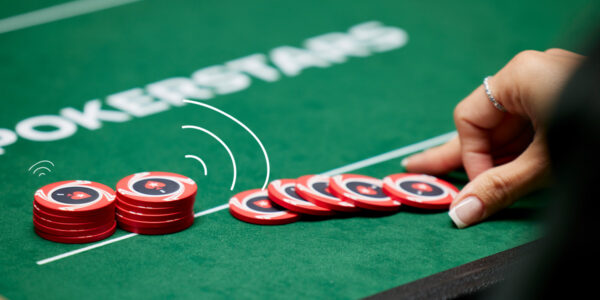Inside the Mind of a Pro – Bluffing is Fun
Bluffing is one of my favourite ways to win pots. There’s just something deeply satisfying about taking someone’s money with a terrible hand. It pays to be careful, however. Developing too much of a fondness for barrelling off with 8-high can lead to not being selective enough with your bluffs. I’m going to talk about a few of my recent bluffs in this miniature series of articles, starting off with this one from yesterday’s session. These hands are played at 100NL ZOOM where the blinds are $0.50 and $1.00
Pre-Flop
A regular opens UTG (under the gun) to $2.50, four players fold, and I look down at K♣ 10♣ in the big blind. Folding is very much out of the question, so the only decision is whether to 3-Bet or call this hand. Since I know little about how my opponent reacts to 3-Bets, I opt to make the most common play with this holding and call. We can mix in some 3-Bet bluffs at a low frequency with these sorts of hands. After all, we need to be capable of 3-Betting light in order to get action with our big pairs. You can well imagine, however, how exploitable we would become if we always 3-Bet KTs and hands like it against a UTG opening range.
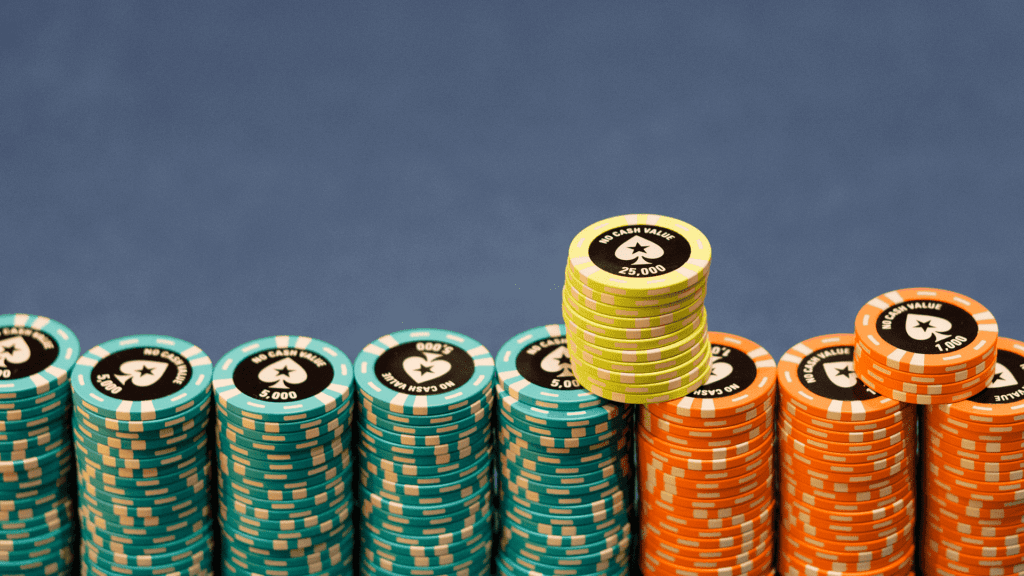
Flop
The flop ($5.50) is far from great, but we pick up a little something on the A♦ Q♦ Q♣ board. We check procedurally to the raiser. This is a board that favours his range
quite heavily since he holds a high concentration of big cards and our big blind calling range contains quite a lot of low suited junk that has missed entirely. It comes
as no surprise, then, that we face a c-bet of $1.30. This sizing might look tiny, but it does something very important for Villain. It enables him to be very often and protect
the equity of his underpairs and even king-high. These hands are often best but benefit from making me fold live cards. If Villain made a big bet on this texture with these hands, then it would suit us just fine. Although we have a very weak range here, we can have a lot of combinations of trips. If Villain starts using pot-sized bets here, our weak hands can simply fold and our Qx will be rewarded. Our range is quite polarised here to either Qx, Ax, or nothing at all. It makes sense then, on paired boards to use small c-bet sizing,
especially when you are interested in betting a lot of your range. By making it $1.30, Villain also forces us to call some underpairs and gutshots, increasing the EV of his Ax combinations.
Given that our range contains so much junk, when we hold a hand as promising as this one, we are incentivised to either raise or call. I decide to apply pressure and raise. My two clubs might help to bail me out on rare occasions and so this hand is a preferable raise to KsTs. I would want to start raising some of my Qx to build the pot against Villain’s tiny bet, and so I also need to bluff sometimes. The theory of poker dictates that where there is a value bet there must also be a bluff. I make it $8 to go which is around the size my decent Qx would like to go here. When you are raising a bet only with nutted hands and bluffs, a larger sizing will apply more pressure to your opponent’s marginal hands, AJ for example, in this case.
Sadly, we do not run into Villain’s 77 or T9s here. He calls our raise. His range at this point is likely to be a mix of Qx, Ax, flush draws, and maybe a few combinations of gutshots that want to float for balance.
Turn
The turn ($21.50) comes the 5d. Our hand has bricked horribly, but our range has just become a lot stronger. If you think about it, it is quite difficult for us still to hold a bluff. Many of our check/raise bluffs on the flop were diamonds. Therefore, if we ever want to bluff the turn, which of course we do, this hand is now one of very few candidates for the job. I go ahead and bet $15.32. Making a huge bet is not advisable for a few reasons.
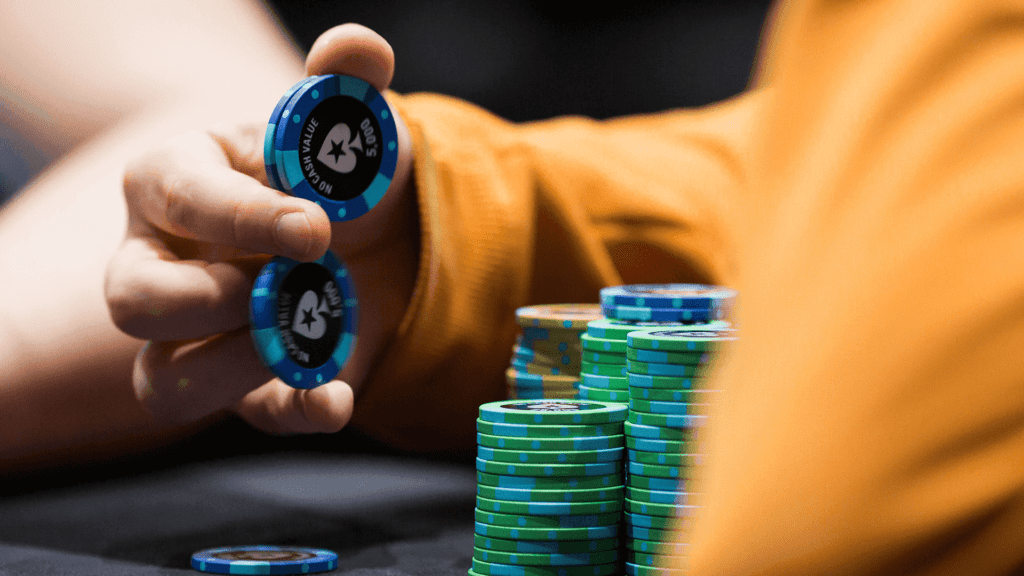
Firstly, Villain’s range is still uncapped, meaning that he can have full houses and flushes himself. He does not need to re-raise these hands on the flop given that his position will ensure that he can build the pot later when required, even if we go into check-mode. If we over-bet here we would be maximising our losses against his nutted holdings.
Secondly, when your range contains hardly any bluffs, you do not need to make huge bets to gain a lot of fold equity. It is very difficult to see how we can be bluffing here, and indeed many weaker regulars will fail to find any bluffs at all in my shoes. Villain calls, indicating that he probably has a Queen, a flush, a fullhouse, or an ace with a flush draw. I would expect most regulars, although not all of them, to fold a hand like A♥ K♥ at this point.
The river ($52.14) is the 2d and now things are getting very weird indeed. Once again, our range gets stronger as now some other bluffs like A♦ J♠ get there. It seems ridiculous not to bluff again when we get to the river with practically the only bluffing hand we will ever have. Villain should now be folding any Qx (even with the king of diamonds sometimes) and probably also some low flushes like 10♦ 9♦ . It is just too unrealistic from his point of view for me to have much of a bluffing range here. As we noted earlier, when you have few bluffs in your range, you can feel free to use a smaller sizing and still achieve reasonable fold equity. I opt for a bet-size of $24.82 into $52. Now I’m representing mainly full-houses and nut flushes. This bet needs just 33% fold equity to be better than giving up since I am risking 1 unit to win 2. This time, we dodge the full-houses and nut flushes of Villain’s range and his cards fortunately fly into the muck.
The bluff worked this time. It could easily have run into AQ and got shoved on, but that would not have devalued it.
Do not let the results of your bluff sway your opinion of it. Some good bluffs get called and some bad bluffs get folds.
View Other Blogs




